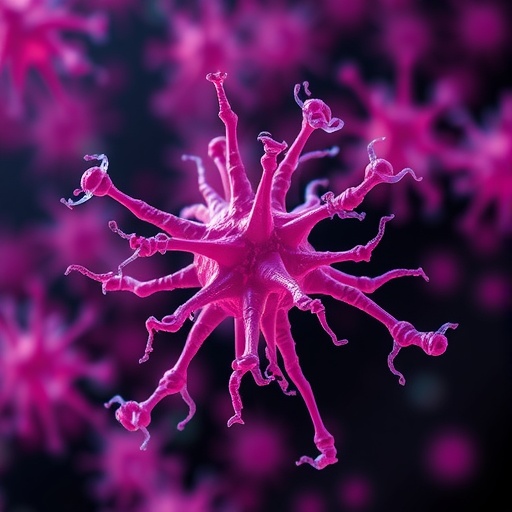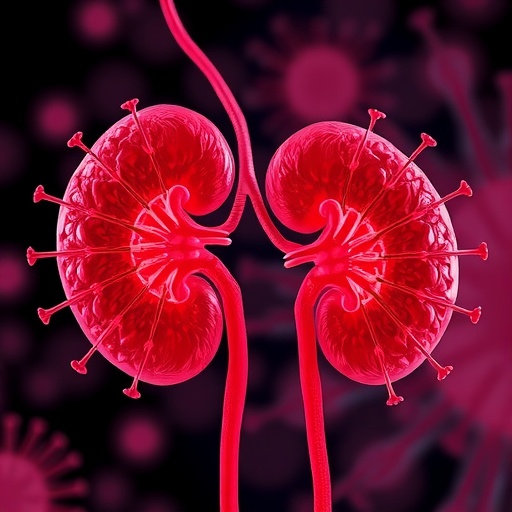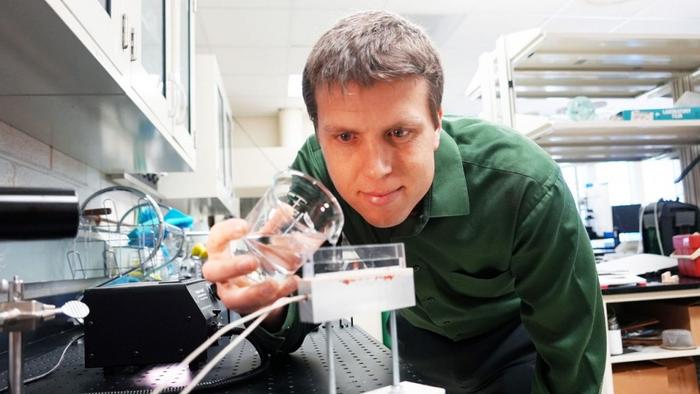Small molecule restores normal heart development in model organism with genetic disorder

Credit: Greenwood Genetic Center
Greenwood, SC (October 15, 2020) – A research team at the Greenwood Genetic Center (GGC) has successfully used small molecules to restore normal heart and valve development in an animal model for Mucolipidosis II (ML II), a rare genetic disorder. Progressive heart disease is commonly associated with ML II. The study is reported in this month’s JCI Insight.
The small molecules included the cathepsin protease K inhibitor, odanacatib, and an inhibitor of TGFß growth factor signaling. Cathepsin proteases have been associated with later-onset heart disease including atherosclerosis, cardiac hypertrophy, and valvular stenosis, but their role in congenital heart defects has been unclear. The current study offers new insight into how mislocalizing proteases like cathepsin K alter embryonic heart development in a zebrafish model of ML II.
“Mutations in GNPTAB, the gene responsible for ML II, alter the localization and increase the activity of cathepsin proteases. This disturbs growth factor signaling and disrupts heart and valve development in our GNPTAB deficient zebrafish embryos,” said Heather Flanagan-Steet, PhD, Director of the Hazel and Bill Allin Aquaculture Facility and Director of Functional Studies at GGC. “By inhibiting this process, normal cardiac development was restored. This finding highlights the potential of small molecules and validates the need for further studies into their efficacy.”
Flanagan-Steet noted that she hopes the current work with ML II zebrafish will provide the basis to move one step closer to a treatment.
###
This work was supported by grants from the National MPS Society, ISMRD, and the Yash Gandhi Foundation, as well as through an R01 grant from the NIH National Institute of General Medical Sciences.
About Greenwood Genetic Center
The Greenwood Genetic Center (GGC), founded in 1974, is a nonprofit organization advancing the field of medical genetics and caring for families impacted by genetic disease and birth defects. At its home campus in Greenwood, South Carolina, a talented team of physicians and scientists provides clinical genetic services, diagnostic laboratory testing, educational programs and resources, and research in the field of medical genetics. GGC’s faculty and staff are committed to the goal of developing preventive and curative therapies for the individuals and families they serve. GGC extends its reach as a resource to all residents of South Carolina with satellite offices in Charleston, Columbia, Florence, and Greenville. For more information about GGC please visit http://www.
Media Contact
Lori Bassett
[email protected]
Original Source
https:/
Related Journal Article
http://dx.






